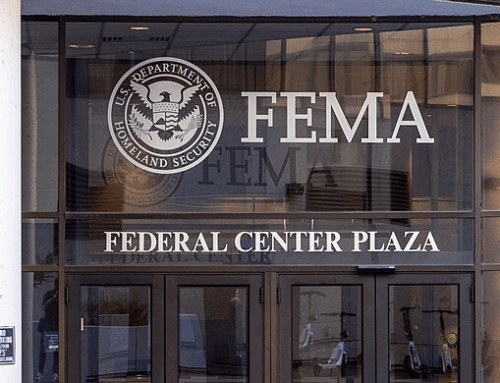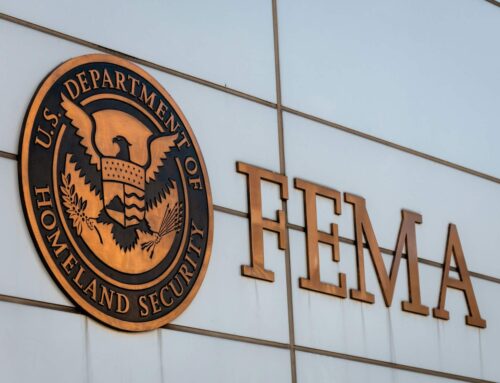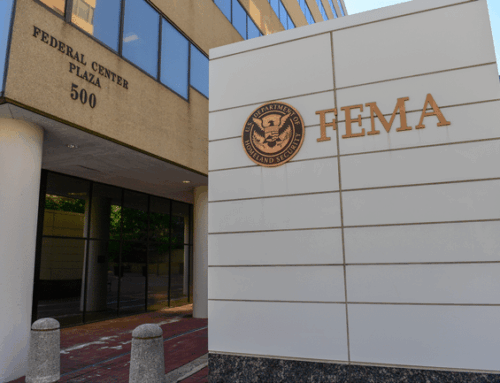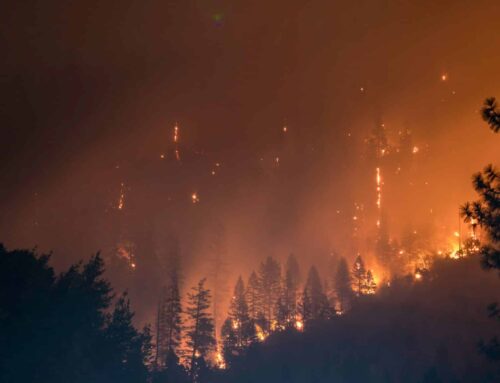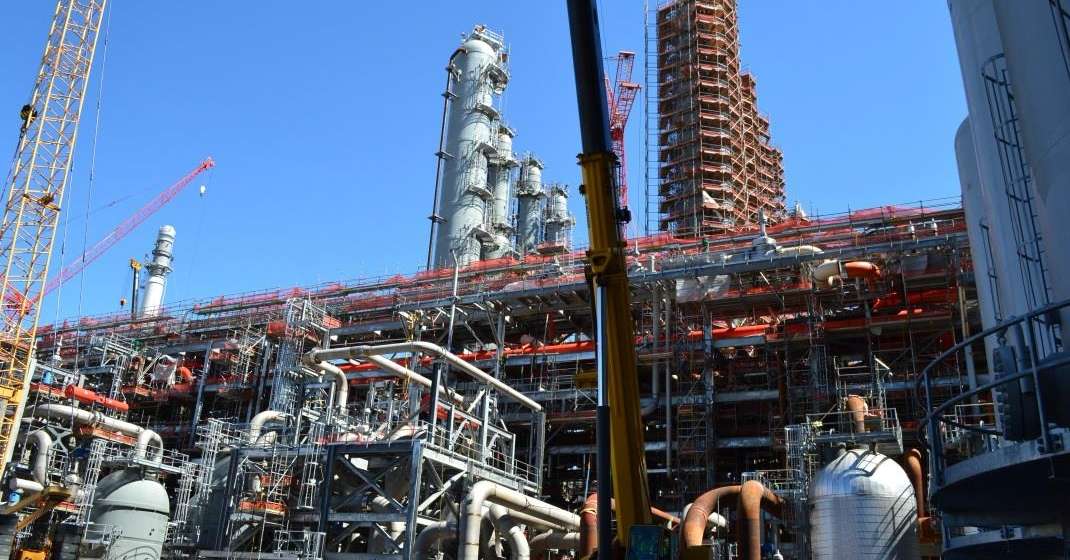The Disaster Relief Fund (DRF) was established in 1988 under the Robert T. Stafford Disaster Relief and Emergency Assistance Act. It is used by the Federal Emergency Management Agency (FEMA) to manage and fund eligible response and recovery efforts for major domestic disasters and emergencies that exceed state capabilities.
The Administrator of FEMA must produce a monthly report detailing DRF activities by state and event, a summary of funding for catastrophic events, and an estimate of when the funds will be depleted. The most recent monthly report reveals that despite an initial budget of $41.8 billion for FY 2024, only $9.4 billion remains. With an active hurricane season and extreme heat increasing wildfire risks, FEMA projects an additional $16.3 billion in obligations, leading to an estimated $6.1 billion shortfall by the end of the fiscal year. Yikes.
And man, it’s hot. The United States is currently enduring an intense heatwave, with record-breaking temperatures affecting millions across the country. Here in Washington, D.C., recent temperatures soared to extreme levels, with heat indexes reaching 110 degrees Fahrenheit and prompting several days of excessive-heat warnings.
Some lawmakers are now advocating for extreme heat to be formally included as a possible disaster under the Stafford Act. This recognition would enable federal assistance for extreme heat, which has already proven to be the deadliest weather-related phenomenon in the U.S., surpassing fatalities from tornadoes and floods combined.
The Stafford Act allows the President to declare an “emergency” or a “major disaster,” triggering federal assistance. For a natural disaster to be eligible for a presidential emergency declaration under the Stafford Act, several key criteria must be met. The incident must pose a significant threat to lives, public health, safety, or property, and be of such severity that effective response is beyond state and local capabilities.
Historically, most declarations have been for sudden-onset hazards like hurricanes or tornadoes. Governors or tribal chief executives must request a declaration, which FEMA evaluates before making a recommendation to the President. Extreme heat poses unique challenges for FEMA’s evaluation process, such as inconsistent reporting of heat-related deaths and difficulties in establishing related costs.
Past requests for declarations due to extreme heat have been denied. In 1980, Missouri’s Governor Joseph Teasdale (D) requested two major disaster declarations for extreme heat and drought. The requests were denied because FEMA determined that the severity and magnitude of the situation did not warrant a declaration.
In 1995, Illinois Governor Jim Edgar (R) requested a major disaster declaration for a Chicago heatwave that directly caused over 500 deaths, with scholars later estimating the number above 700. The highest temperature recorded during this event was 106°F at Midway Airport on July 13, with heat indices peaking at 124-125°F. Despite the significant loss of life and the emergency response costs, President Clinton denied the request, with FEMA’s then-Administrator James Lee Witt explaining that the event was “not of a severity and magnitude” required for a major disaster declaration.
In 2022, California Governor Gavin Newsom (D) requested a major disaster declaration for a “heat dome” and resulting wildfires. The heat dome, which lasted for ten days, killed 395 people, and pushed the power grid to its limits. However, the declaration and subsequent appeal were denied. FEMA reported that the agency did not consider the request to be for extreme heat, as the wildfires caused the damage.
FEMA’s charge is to evaluate discrete events and impacts, not seasonal or general atmospheric conditions. Yet, FEMA officials have affirmed that a declaration for extreme heat is possible under current law if the incident exceeds state and local capacities. With heatwaves becoming more frequent and severe, largely due to climate change, public calls for extreme heat events to be considered an eligible disaster type are growing louder.
Thirteen Democratic state attorneys general, along with the attorney general of Washington, D.C., have urged FEMA to include extreme heat and wildfire smoke events as eligible for major disaster declarations. This support is in response to a June petition by unions and conservation groups to expand the definition of “major disasters” to cover these climate-related events. Some Members of Congress are proposing legislation to explicitly include extreme heat in the definition of a major disaster.
As extreme heat intensifies, it’s time to consider how best communities can prepare for future extreme heat disasters. Should states, cities, and other non-federal governmental bodies budget for increased spending on extreme heat events? Is it time our federal disaster response framework evolves to meet this growing threat? Extreme heat is the deadliest natural disaster, and it appears here to stay. Communities and taxpayers can plan and budget for that reality or we can include extreme heat in the same system of under-planning and lax oversight that plagues other emergency spending.

